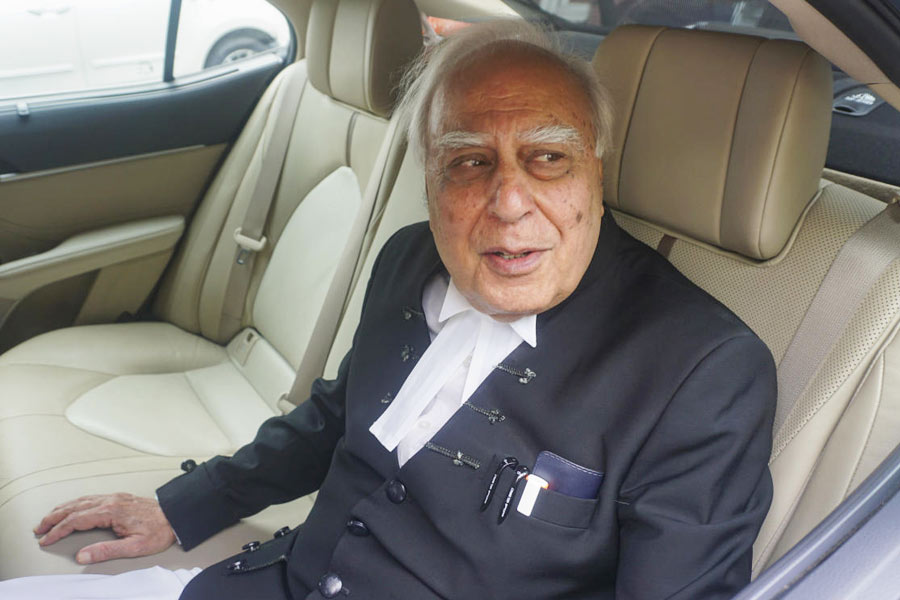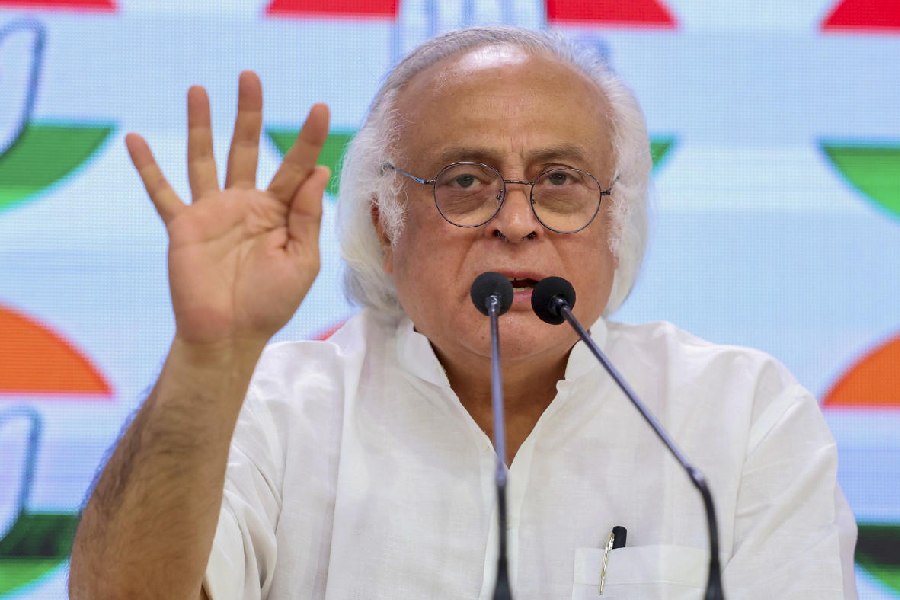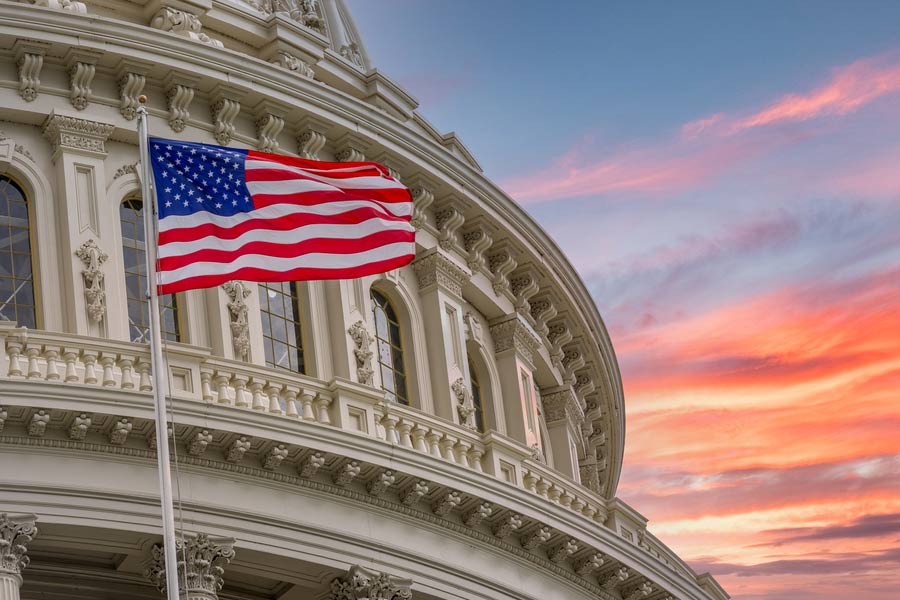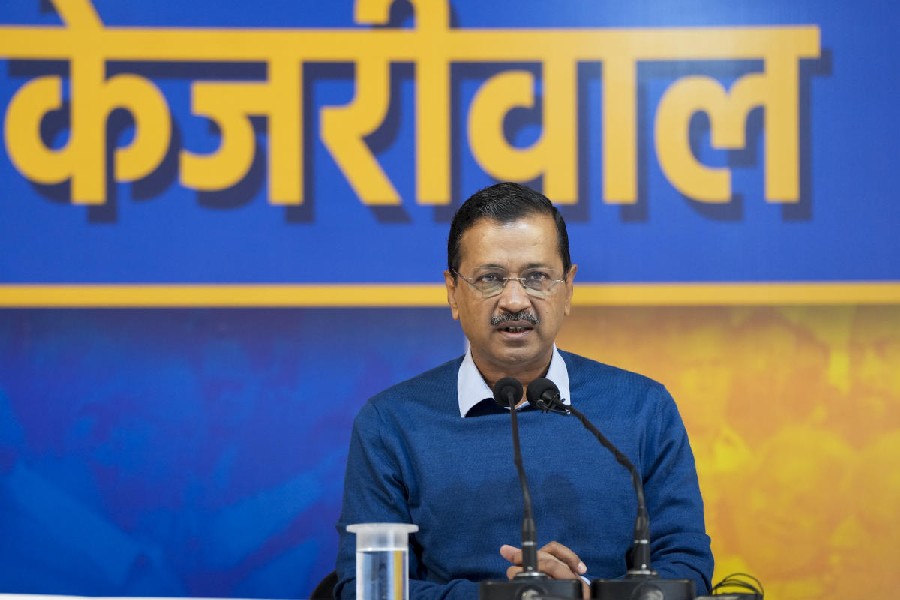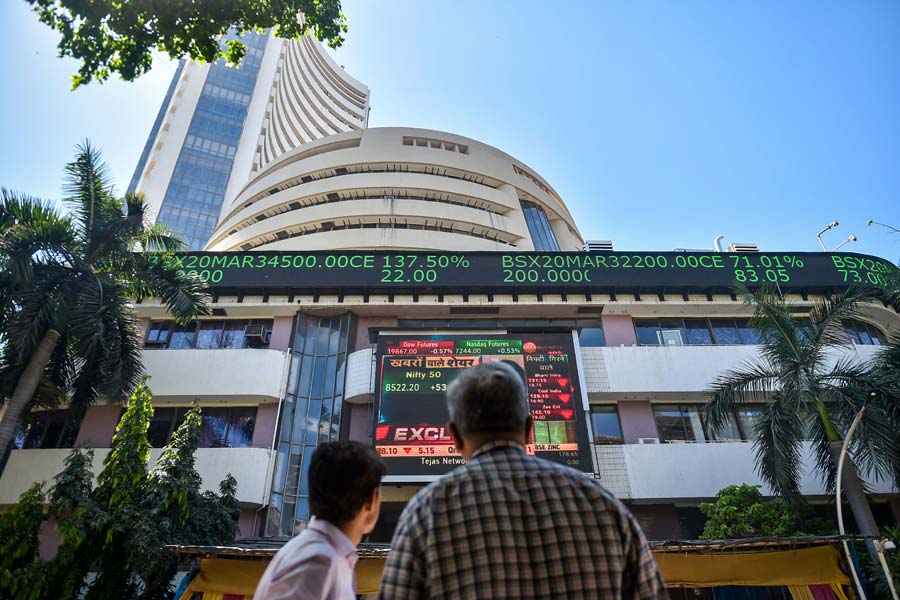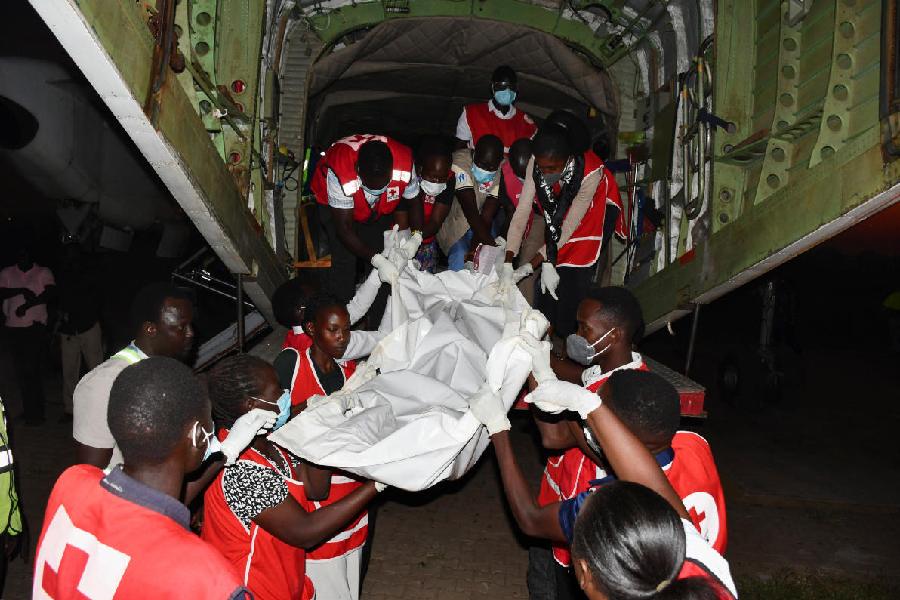The Supreme Court on Monday agreed to examine Jharkhand’s appeal challenging the high court’s recent direction to set up a fact-finding team of central and state government officials to probe allegations of illegal immigration from Bangladesh into the state.
According to the petition in the high court, the widespread illegal immigration had drastically changed the demography of the overwhelmingly tribal region.
A bench of Justice Sudhanshu Dhulia and Justice Ahsanuddin Amanullah, after briefly hearing senior advocate Kapil Sibal for the Jharkhand government, posted the matter for further hearing on November 8.
Sibal assailed the high court order as erroneous, arguing that it did not properly consider the state’s averments and passed the directives on a PIL that relied on inaccurate data and materials.
The bench asked whether the high court could have passed such an order since the question of dealing with illegal immigrants was an executive duty.
The senior counsel said the matter needs to be heard on a priority basis as the high court order was being used “asa topic” in the ensuing elections to the Assembly. He sought an immediate stay of the high court judgment. Sibal also argued that the allegations of illegal immigration were not true as Jharkhand was not a border state.The bench refrained from passing any stay order but listed the matter for hearing on Friday.
The issue of alleged large-scale illegal immigration from Bangladesh had become one of the key issues in poll-bound Jharkhand with the Opposition BJP claiming massive demographic changes in the state. The high court had on September 20, while hearing a PIL filed by Danyaal Danish, directed the setting up of a fact-finding team to investigate allegations relating to illegal immigrants.
Danish had alleged that there was massive illegal immigration from Bangladesh, particularly in the Santhal Parganas — Godda, Deoghar, Dumka, Pakur, Jamtara and Sahibganj districts.
According to the petitioner, the tribal population in the state had come down from 44.6 per cent in 1951 to 28.11 per cent in 2011.
The Centre had supported the claim of the petitioner in the high court.

